Bassarova, M.; Archer, M.; and Hand, S.J. December 20, 2001. “New Oligo-Miocene Pseudocheirids (Marsupialia) of the Genus Paljara from Riversleigh, Northwestern Queensland.”Memoirs of the Association of Australasian Palaeontologists 25:61-75.
Bisby F.A.; Roskov Y.R.; Orrell T.M.; Nicolson D.; Paglinawan L.E.; Bailly N.; Kirk P.M.; Bourgoin T.; Baillargeon G.; Ouvrard D. (red.) 2011. "Pseudochirulus canescens." Species 2000 & ITIS Catalogue of Life: 2011 Annual Checklist. Species 2000: Reading, UK. Retrieved on April 13, 2014.
- Available at: http://www.catalogueoflife.org/col/search/all/key/Pseudochirulus+canescens
Boelens, Bo; Watkins, Michael; and Grayson, Michael. 2009. The Eponym Dictionary of Mammals. JHU Press.
Booth, Robert. "Lost world of fanged frogs and giant rats discovered in Papua New Guinea." The Guardian > Environment > Endangered Habitats. Sunday, September 6, 2009. Guardian News and Media Limited. Web. www.theguardian.com
- Available at: http://www.theguardian.com/environment/2009/sep/07/discovery-species-papua-new-guinea
Boudet, Ch. 10 January 2009. "Species Sheet: Lowland Ringtail." Mammals' Planet: Vs n°4, 04/2010. Retrieved on April 13, 2014.
- Available at: http: http://www.planet-mammiferes.org/drupal/en/node/38?indice=Pseudochirulus+canescens
Cabrera, Angel. Genera Mammalium: Monotremata Marsupialia. Madrid: Museo Nacional de Ciencias Naturales, 1919.
- Available via Biodiversity Heritage Library at: http://biodiversitylibrary.org/page/32474669
Conn, Barry J.; and Damas, Kipiro Q. 2005. Guide to Trees of Papua New Guinea: Tree Descriptions. National Herbarium of New South Wales and Papua New Guinea National Herbarium. Retrieved on April 13, 2014.
- Available at: http://www.pngplants.org/PNGtrees/
Duff, Andrew; and Lawson, Ann. 2004. Mammals of the World: A Checklist. Yale University Press.
Dumont-d'Urville, Jules, and Jacquinot. 1846. Voyage au Pôle sud et dans l'Océanie sur les corvettes "l'Astrolabe" et "la Zélée", exécuté par ordre du Roi pendant les années 1837-1838-1839-1840 sous le commandement de M. J. Dumont-d'Urville, capitaine de vaisseau, publié sous les auspices du département de la marine et sous la direction supérieure de M. Jacquinot, capitaine de Vaisseau, commandant de la Zélée: Atlas Zoologique. Paris: Gide et Cie.
- Available via Gallica - Bibliothèque nationale de France at: http://gallica.bnf.fr/ark:/12148/bpt6k97695p
Earle, Christopher J. (Editor). The Gymnosperm Database. Retrieved on April 13, 2014.
- Available at: http://www.conifers.org/index.php
Finsch, Otto. 1888. Samoafahrten. Reisen in Kaiser Wilhelms-Land und Englisch-Neu-Guinea in den Jahren 1884 u. 1885 an Bord des deutschen Dampfers "Samoa." Leipzig: Ferdinand Hirt & Sohn.
- Available via Internet Archive at: https://archive.org/details/samoafahrtenreis00fins
Flannery, Timothy F. 1994. Possums of the World: A Monograph of the Phalangeroidea. Chastwood, Australia: GEO Productions in association with the Australian Museum.
The Food and Agriculture Organization of the United Nations and the United Nations Environment Programme. 1984. “Part II Country Briefs: Papua New Guinea.” Tropical Forest Resources Assessment Project (in the framework of the Global Environment Monitoring System – GEMS) – Forest Resources of Tropical Asia. UN 32/6.1301-78-04 Technical Report 3. Rome, Italy: Publications Division, Food and Agriculture Organization of the United Nations, first printing 1981, second printing 1984. Retrieved on April 13, 2014.
- Available at: http://www.fao.org/docrep/007/ad908e/ad908e00.htm
- Available at: http://www.fao.org/docrep/007/ad908e/AD908E22.htm
Food and Agriculture Organization Forest Harvesting, Trade and Marketing Branch. 1998. “Appendix 1. List of Tree Species.” Forest Harvesting Case-Study 15: Forest Harvesting Operations in Papua New Guinea, The PNG Logging Code of Practice. Rome, Italy: Publishing and Multimedia Service, Information Division, Food and Agriculture Organization of the United Nations. Retrieved on April 13, 2014.
- Available at: http://www.fao.org/docrep/004/Y2711E/y2711e00.htm#TopOfPage
- Available at: http://www.fao.org/docrep/004/Y2711E/y2711e12.htm
Gansloßer, Udo. 2004. "Lowland Ringtail: Pseudochirulus canescens." P. 121 in Grzimek's Animal Life Encyclopedia, Second Edition. Volume 13: Mammals II, edited by Michael Hutchins, Devra G. Kleiman, Valerius Geist, and Melissa C. McDade. Farmington Hills, MI: Gale Group, Inc., division of Thomson Learning Inc.
Gibbs, L.S. July 1917. Dutch N.W. New Guinea: A Contribution to the Phytogeography and Flora of the Arfak Mountains (Read before the Newcastle Meeting of the British Association for the Advancement of Science, September 1916). London: Taylor and Francis. Retrieved on April 13, 2014.
- Available via Internet Archive at: https://archive.org/stream/mobot31753000302528#page/iv/mode/2up
- Available via Botanicus.org at: http://www.botanicus.org/title/b11815000
Gould, John. 1863. Mammals of Australia. Volume I. London: John Gould.
Harvey, Martin. "Southern New Guinea Lowland Forests - A Global Ecoregion." World Wildlife Fund: Earth>Places. Retrieved on April 13, 2014.
- Available at: http://wwf.panda.org/about_our_earth/ecoregions/southnewguinea_lowland_forests.cfm
Helgen, K.; Dickman, C.; and Aplin, K. 2008. "Pseudochirulus canescens." In: IUCN 2013. International Union for Conservation of Nature and Natural Resources Red List of Threatened Species. Version 2013.2. Retrieved on April 13, 2014.
- Available at: http://www.iucnredlist.org/details/40638/0
Hoffman, Carl. 2014. Savage Harvest: A Tale of Cannibals, Colonialism, and Michael Rockefeller's Tragic Quest for Primitive Art. New York: HarperCollins Publishers.
Hume, Ian D. 1999. Marsupial Nutrition. Melbourne, Australia: Cambridge University Press.
Jacquinot, Honoré, and Jacques Pucheran. 1853. Voyage au pole sud et dans l'Océanie sur les corvettes l'Astrolabe et la Zélée. Tome troisième: Mammifères et oiseaux. Paris: Gide et J. Baudry.
- Available via Biodiversity Heritage Library at: http://biodiversitylibrary.org/page/43560957
Kennedy, Michael (Editor). 1992. Australasian Marsupials and Monotremes: An Action Plan for Their Conservation. International Union for Conservation of Nature and Natural Resources.
Kerle, Jean Anne. 2001. Possums: The Brushtails, Ringtails and Greater Glider. Sydney: University of New South Wales Australian Natural History Series. Retrieved on April 13, 2014.
- Available at: http://books.google.com/books?id=YDM0hjAwchUC&lpg=PT65&dq=Petropseudes%20dahli&pg=PT66#v=onepage&q=Petropseudes%20dahli&f=false
Menkhorst, Peter; and Knight, Frank. 2001. A Field Guide to the Mammals of Australia. South Melbourne: Oxford University Press.
Menzies, James. 5 June 2011. A Handbook of New Guinea’s Marsupials and Monotremes. University of Papua New Guinea Press.
Meredith, Robert W.; Mendoza, Miguel A.; Roberts, Karen K.; Westerman, Michael; and Springer, Mark S. March 2, 2010. “A Phylogeny and Timescale for the Evolution of Pseudocheiridae (Marsupialia: Diprotodontia) in Australia and New Guinea.” Journal of Mammalian Evolution17(2):75-99. Retrieved on April 13, 2014.
- Available at: http://www.ncbi.nlm.nih.gov/pmc/articles/PMC2987229/
Morrison, John. 2014. "Southern New Guinea Lowland Rain Forests." World Wildlife Fund: Tropical and Subtropical Moist Broadleaf Forests. Retrieved on April 13, 2014.
- Available at: http://worldwildlife.org/ecoregions/aa0122
Myers, P.; Espinosa, R.; Parr, C.S.; Jones, T.; Hammond, G.S.; and T. A. Dewey. 2014. "Pseudocheiridae: Ringtail Possums (On-line)." The Animal Diversity Web. Retrieved on April 13, 2014.
- Available at: http://animaldiversity.ummz.umich.edu/accounts/Pseudocheiridae/pictures/
Nowak, Ronald M. 1999. Walker's Mammals of the World, Sixth Edition. Volume I. Baltimore: Johns Hopkins University Press.
Nowak, Ronald M. 2005. Walker's Marsupials of the World. Baltimore: Johns Hopkins University Press.
"Papuan Montane Forest." Biome Explorer: Azonal Biomes>Montane Forests. Retrieved on April 13, 2014.
- Available at: http://www.biome-explorer.net/Montane%20Forest/Papuan%20Montane%20Forest.html
Peters, Wilhelm; and Giacomo Doria. Enumerazione dei mammiferi raccolti da O. Beccari, L.M. d'Albertis ed A.A. Bruijn nella Nuova Guinea. (Estratto dagli Ann. del Mus. Civ. di St. Nat. di Gen., Vol. XVI [29-31 marzo 1881]: 665 - 707.) Genova: Tipografia del Regio Istituto dei Sordo-Muti, 1881. Retrieved on April 4, 2014.
- Available via Biodiversity Heritage Library at: http://biodiversitylibrary.org/page/14843569
Peters, Wilhelm; and Giacomo Doria. "Enumerazione dei mammiferi raccolti da O. Beccari, L.M. d'Albertis ed A.A. Bruijn nella Nuova Guinea." Annali dei Museo Civico di Storia Naturale di Genova, Vol. XVI [29 marzo 1881]: 665 - 707. Retrieved on April 4, 2014.
- Available via Biodiversity Heritage Library at: http://biodiversitylibrary.org/page/29845102
Petocz, Ronald G. 1 October 1989. Conservation and Development in Irian Jaya: A Strategy for Rational Resource Utilization. Brill Academic Publishers.
Pratt, A.E. (Antwerp Edgar). 1906. Two Years Among New Guinea Cannibals: A Naturalist’s Sojourn Among the Aborigines of Unexplored New Guinea. With 54 Illustrations and a Map. Philadelphia: J.B. Lippincott Company; London: Seeley & Co. Ltd.
- Available via Biodiversity Heritage Library at: http://biodiversitylibrary.org/page/42597576
"Pseudochirulus canescens: Lowland Ringtail." Encyclopedia of Life. Retrieved on April 12, 2014.
- Available at: http://eol.org/pages/1038004/details
"Pseudochirulus canescens (Waterhouse, 1846)." GBIF Backbone Taxonomy: Animalia>Chordata>Mammalia>Diprotodontia>Pseudocheiridae>Pseudochirops 2440088. Global Biodiversity Information Facility. Retrieved on April 13, 2014.
- Available at: http://www.gbif.org/species/2440088
Ride, W.D.L. 1970. A Guide to the Native Mammals of Australia. Melbourne: Oxford University Press.
Schaefer, Albrecht G. “New Guinea Forests: Still the Tropical Paradise.” World Wildlife Global>What We Do>Priority Places>New Guinea>The Area>Ecosystems>Forests. Retrieved on April 13, 2014.
- Available at: http://wwf.panda.org/what_we_do/where_we_work/new_guinea_forests/area_forests_new_guinea/new_guinea_forests_ecosystems/forests_new_guinea/
Sillitoe, Paul. 2013. Managing Animals in New Guinea: Preying the Game in The Highlands. Routledge: Studies in Environmental Anthropology.
Sillitoe, Professor Paul; and Pointet, Dr. Abram. 2009. Was Valley Anthropological Archives. Retrieved on April 13, 2014.
- Available at: http://www.wolaland.org/page/
Strahan, Ronald; and Conder, Pamela. 2007. Dictionary of Australian and New Guinean Mammals. CSIRO Publishing.
Thomas, Oldfield. 1888. Catalogue of the Marsupialia and Monotremata in the Collection of the British Museum (Natural History). London: Trustees of the British Museum; Taylor and Francis Printers.
- Available via Biodiversity Heritage Library at: http://biodiversitylibrary.org/page/37986443
Tooker, Rachel. 2007. "Pseudochirulus canescens: Lowland Ringtail (Also: Daintree River Ringtail)." The Animal Diversity Web (On-line). University of Michigan Museum of Zoology. Retrieved on April 13, 2014.
- Available at: http://animaldiversity.ummz.umich.edu/accounts/Pseudochirulus_canescens/
Tyndale-Biscoe, Hugh. 2005. Life of Marsupials. Collingwood, Victoria, Australia: CSIRO Publishing.
Waterhouse, G.R. (George Robert). A Natural History of the Mammalia. Vol. I: Containing the Order Marsupiata, or Pouched Animals. With 22 illustrations engraved on steel, and 18 engravings on wood. London: Hippolyte Baillière; Paris: J.-B. Baillière; Leipzig: T.O. Weigel.
- Available via Internet Archive at: http://archive.org/stream/anaturalhistory02wategoog#page/n7/mode/2up
Wilson, Don E.; and Reeder, DeeAnn M. (editors). 2005. Mammal Species
of the World: A Taxonomic and Geographic Reference (3rd ed), Johns Hopkins University Press.
Wrobel, Murray (Editor). 2007. Elsevier's Dictionary of Mammals: Latin English German French Italian. Oxford, U.K.: Elsevier B.V.


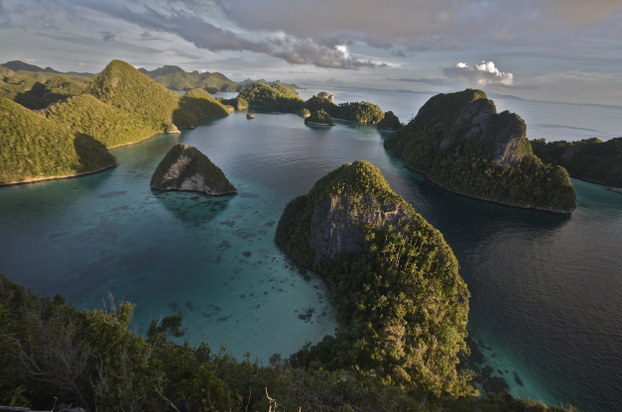
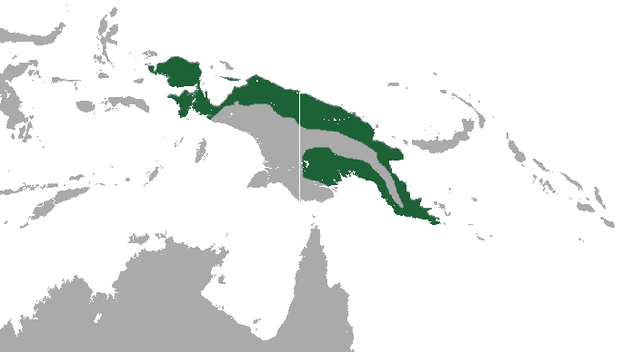
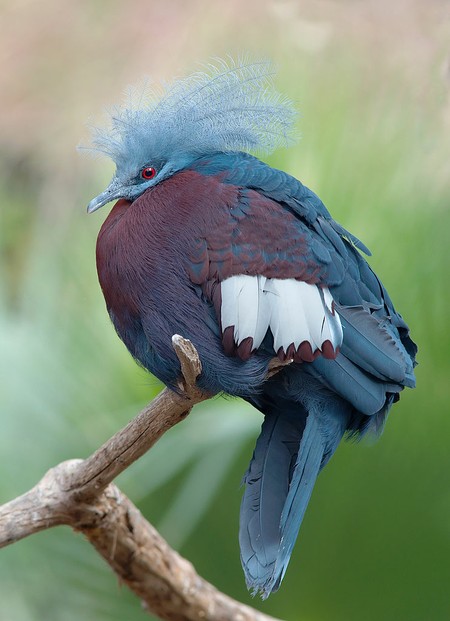
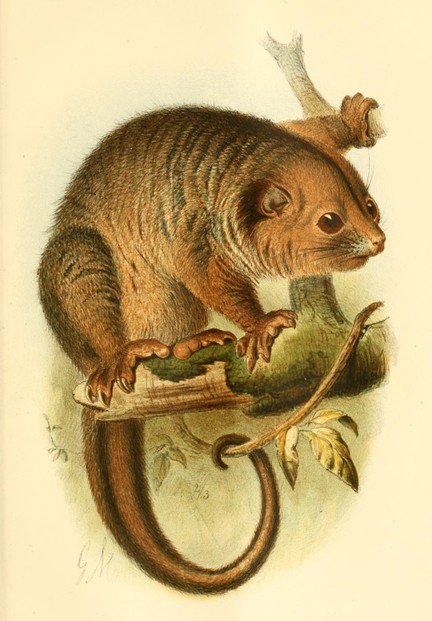
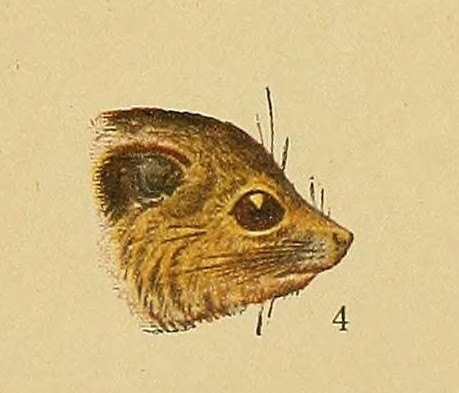
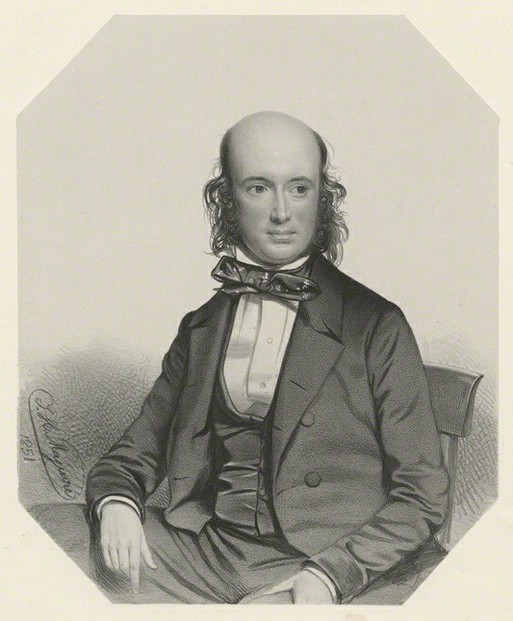
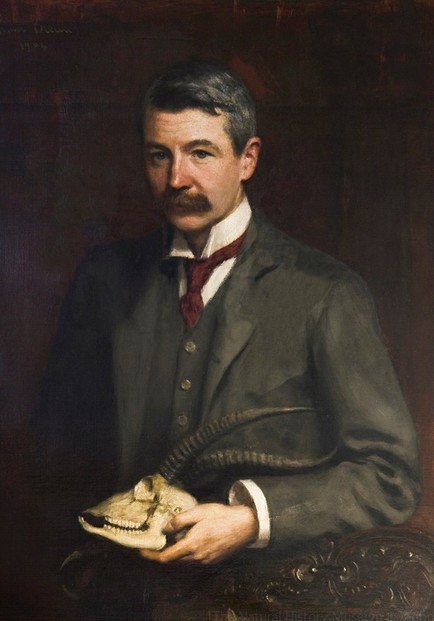
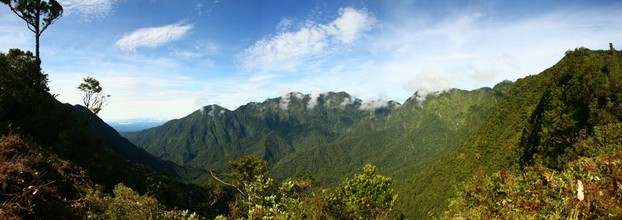
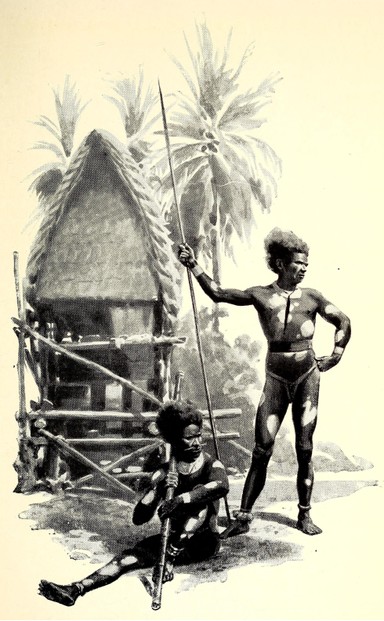
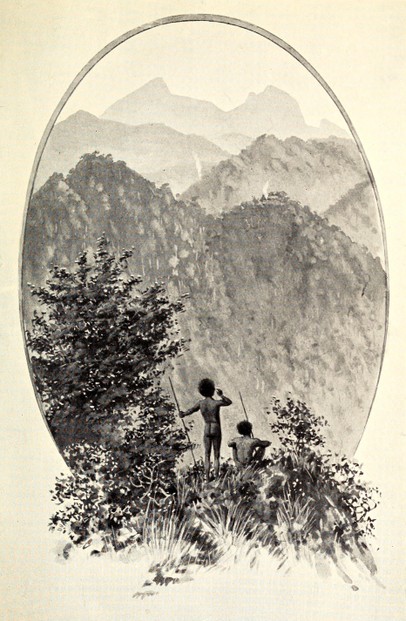
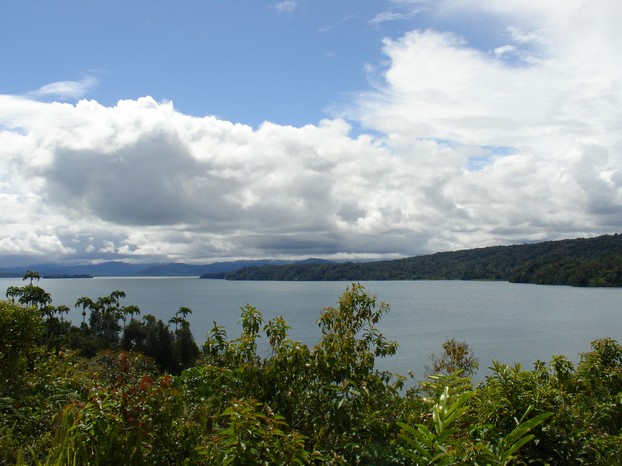






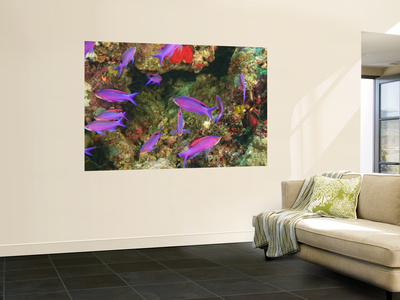
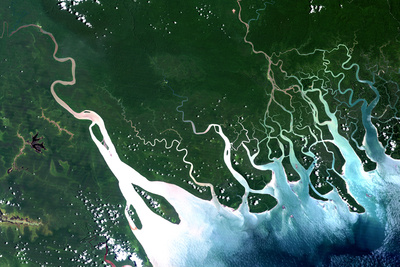
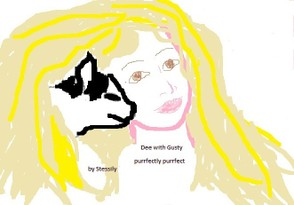
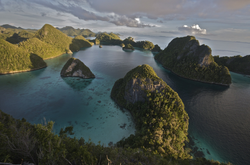

 Are Hawaiian Huakai Po Nightmarchers Avenging Halloween Thursday?on 10/02/2024
Are Hawaiian Huakai Po Nightmarchers Avenging Halloween Thursday?on 10/02/2024
 Mailing Addresses for 2023 Form 4868 Extending 1040 and 1040SR April 15, 2024, Due Dateon 04/15/2024
Mailing Addresses for 2023 Form 4868 Extending 1040 and 1040SR April 15, 2024, Due Dateon 04/15/2024
 Mailing Addresses for 2023 Forms 1040 and 1040SR Filed in 2024on 04/15/2024
Mailing Addresses for 2023 Forms 1040 and 1040SR Filed in 2024on 04/15/2024
 Mailing Addresses for 2022 Form 4868 Extending 1040 and 1040SR April 18, 2023, Due Dateon 04/13/2023
Mailing Addresses for 2022 Form 4868 Extending 1040 and 1040SR April 18, 2023, Due Dateon 04/13/2023

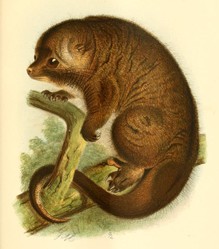
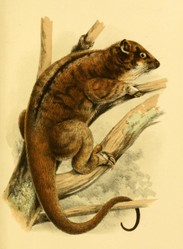
Comments